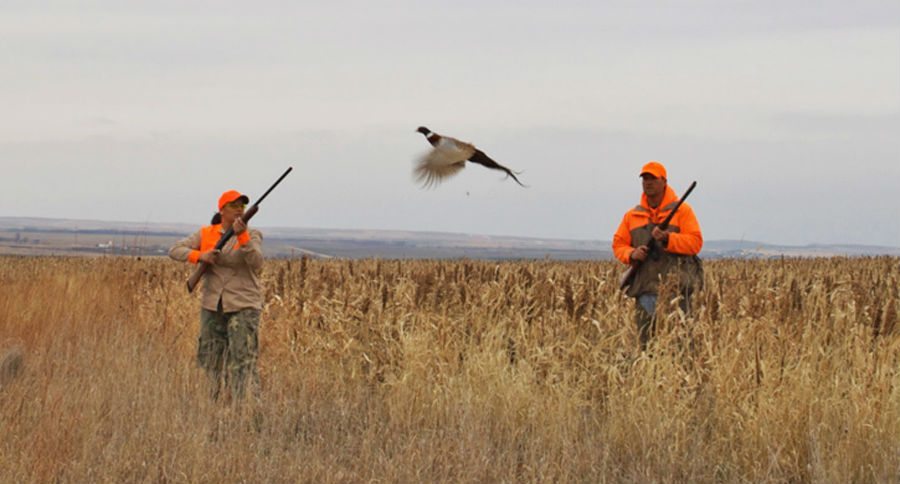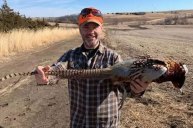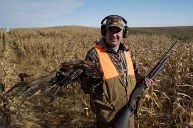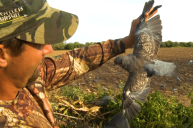Utah has released 10,000 pheasants and lengthened its hunting season to accommodate the 20,000 hunters who'll take to the field this weekend.
In years past, Utah was a pheasant hunter's dream. As many as 100,000 hunters took to the fields on opening day trying to bag the colorful game birds.
It's not quite the same these days. Dwindling habitat and dwindling hunter numbers have lowered that previous army of orange-wearing shooters to around 20,000.
As the Utah pheasant season is ready to open this month, the state's Division of Wildlife Resources is attempting to make it a robust opener for hunters by releasing 10,000 pen-raised ringnecks on public hunting land.
They've also extended the season an extra two weeks (through Dec. 3) on both public and private land.
"Biologists were concerned about the pressure the state's hunters might put on the pheasant population," said DWR Upland Game Coordinator Jason Robinson. "Since then, the amount of farmland has decreased, but so has the number of pheasant hunters. Today, about 20,000 people hunt pheasants. Because there are far fewer pheasant hunters than there once were, we're comfortable allowing a longer season on private land."
The DWR and Sportsmen for Fish and Wildlife purchased the pheasants from two private bird growers. They'll divvy up the birds and release them in dozens of areas throughout the state before each weekend of the month-long hunt. They'll release more birds in areas close to larger cities.
Hunters may take a bag limit of two roosters a day and possess a limit of six roosters total.
"Plenty of roosters make it through the hunting season," Robinson said. "So enough roosters are available to breed all of the hens the following spring. In addition to not having a negative effect on the pheasant population, making the season dates the same—on both private and public land—makes the state's pheasant hunting regulations much easier to understand and follow."
Robinson feels hunters will have plenty of birds to shoot at, with both the release of the pen-raised pheasants and the year's natural reproduction being optimal.
"Chick production was likely above average this spring," Robinson said. "Heavy snowfall, followed by a wet spring, provided the chicks with lots of vegetation. They had plenty of cover to hide in and plenty of insects to eat."
Hunters must use nontoxic shot when hunting waterfowl management areas, refuges and some wildlife management areas.
You can see the locations where DWR will release the birds by going to the DWR interactive map at wildlife.utah.gov/uplandgame.
Like what you see here? You can read more great articles by David Smith at his Facebook page, Stumpjack Outdoors.
NEXT: SHARP-TAILED GROUSE: MICHIGAN'S FORGOTTEN GAME BIRD




